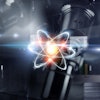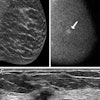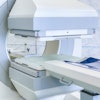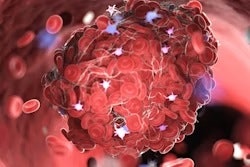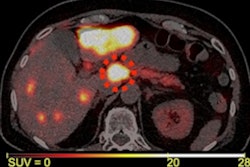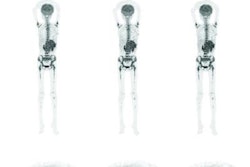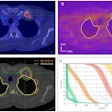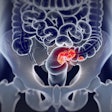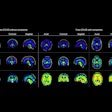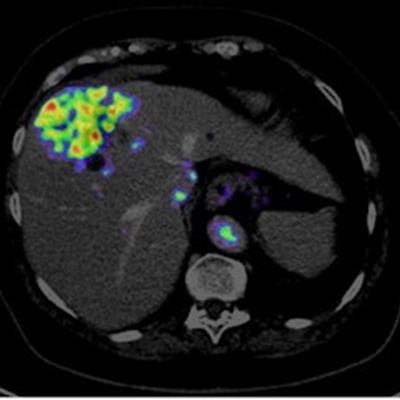
A new PET radiotracer developed by Danish researchers appears promising for establishing the risk of disease progression and death in patients with neuroendocrine cancer, according to a study published January 20 in the Journal of Nuclear Medicine.
The researchers evaluated the use of a gallium-68-labeled PET radiotracer designed to detect the activity of urokinase plasminogen activator receptor (uPAR) on the surface of cancer cells in neuroendocrine tumors. The tracer (gallium-68 [Ga-68] NOTA-AE10) revealed that patients with higher levels of uPAR activity on PET scans had lower overall survival rates after one year, the authors wrote.
"Increased uPAR expression, both as a continuous variable and dichotomized at median was associated with increased hazard for progression of disease and death," wrote corresponding author Dr. Andreas Kjaer, PhD, of the University of Copenhagen.
uPAR is present in many cancer types, including neuroendocrine neoplasms (NENs), and has proven to be associated with poor outcomes for patients. NENs can be graded as slow-growing or highly aggressive. In previous work, the Danish researchers developed Ga-68 NOTA-AE10 and determined the tracer could identify aggressive tumors in patients with prostate cancer.
In this prospective, phase-II study, the Danish group hypothesized that uPAR-PET/CT with Ga-68 NOTA-AE105 could show accumulation in patients with NENs and that the uptake of the uPAR tracer is associated with progression-free survival (PFS) and overall survival (OS).
The researchers recruited 120 patients with NENs of all grades, 96 of whom had uPAR whole-body PET/CT scans (Biograph mCT, Siemens Healthineers) at Copenhagen University Hospital between November 2017 and June 2020. The majority of patients had small intestinal NENs (64%) and 90% had metastatic disease.
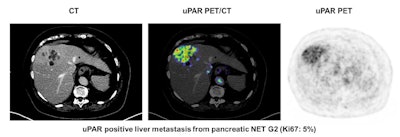 Image courtesy of the Journal of Nuclear Medicine.
Image courtesy of the Journal of Nuclear Medicine.Tumors were defined as uPAR positive by two experts based on standardized uptake values (SUV) of the tracer in the lesions. Patients were followed for at least one year to determine their progression-free survival and overall survival.
During follow-up, 59 patients (62%) experienced progressive disease and 28 patients (30%) died. High uPAR expression in tumors was seen in 68% (n = 65) of all patients and in 75% (n = 18) of patients with aggressive disease. High uPAR expression carried a hazard ratio of 1.87 for progression-free survival and 2.64 for overall survival (p < 0.05 for both), according to the findings.
"Ga-68 NOTA-AE105 PET is seen in the majority of patients with both low- and high-grade NEN and high uPAR expression is associated with a worse prognosis with regards to both [progression-free survival] and [overall survival]," the researchers wrote.
The researchers noted that to the best of their knowledge, this was the first study of the expression of uPAR in patients with low-grade NENs. The work marks a step toward an ultimate goal perhaps of using uPAR PET imaging in combination with peptide receptor radionuclide therapy (PRRT), a molecular therapy used to treat neuroendocrine tumors, a type of NEN.
"The first step towards uPAR-PRRT for NENs was to provide evidence for a high and specific uptake of our uPAR-targeting radioligand and prognostic implications in NEN as done in the present study," the group concluded.


